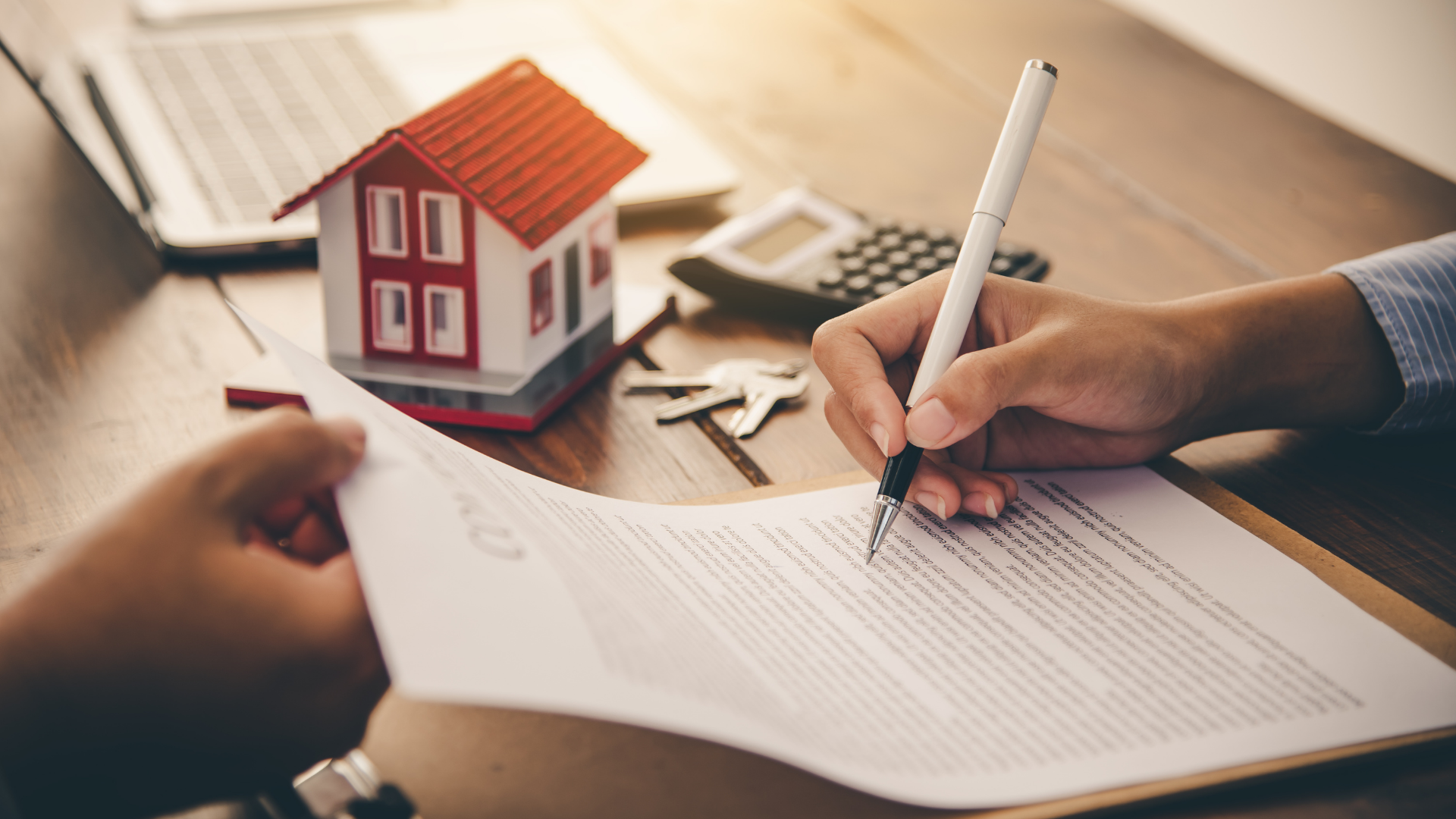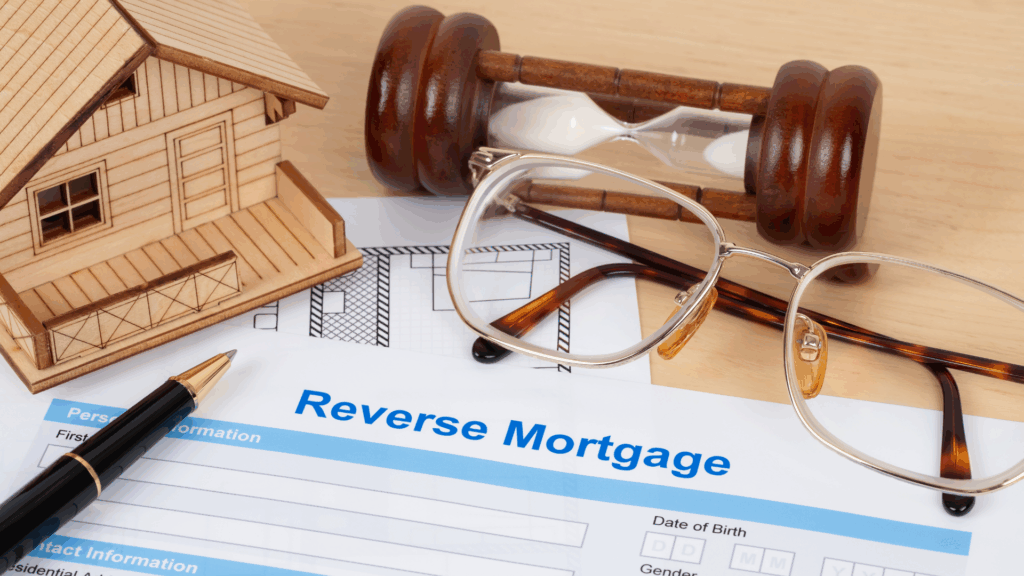Is a Drawdown Mortgage Right for You? A Guide in 2025

Are you aged 55 or above?
Have you been dreaming about a luxurious cruise across the Mediterranean, or perhaps you’re seeking a comfortable addition to your pension?
Well, the solution might be closer than you think.
If you’re a homeowner, a drawdown mortgage could be a way to free up extra funds without having to sell your beloved home.
Sounds good?
Great! But before we jump in, let’s make sure you know what you’re getting into.
Financial decisions require a clear understanding of what’s at stake, and that’s exactly why we’ve crafted this comprehensive guide.
We’re here to quench your curiosity, address your concerns, and light the path towards an informed decision.
This guide is going to be your new best friend, helping you understand all the ins and outs of drawdown mortgages.
Even if you’re just dipping your toes in or already set on using these options, we’ve got you covered with all the need-to-know information.
What is a Drawdown Mortgage?
Drawdown mortgages are clever financial tools designed with you, the mature borrower, in mind. They’re a special type of equity release that lets homeowners with a property valued over £70,000 get their hands on some of the money tied up in their homes, anywhere from 18% to 50% of it to be precise.
But here’s the cool part: unlike a lifetime mortgage where you get a lump sum all at once, with a drawdown mortgage, you get to withdraw the money a little at a time as per your needs.
Picture it like this – you have your own personal stash of cash, known as a reserve, that you can tap into whenever you please.
This gives you complete control over your finances, allowing you to access money whenever the need arises.
Not sure whether a drawdown or a lifetime mortgage is for you? Don’t worry – we’ll talk about how a good broker can help you later on.
How Does a Drawdown Mortgage Work?
Let’s dive deeper into the mechanics of a drawdown mortgage.
Firstly, you need a lender. This can be your current mortgage provider or a new one. They will calculate the amount you can release from your home equity based on their criteria, such as your home value and your age.
After you have the estimated amount, it’s up to you how much you want to withdraw initially, while the rest sits safely in your reserve.
It’s as easy as getting a lump sum within days and leaving the remaining funds for future use.
Remember though, lenders have rules on how many times you can withdraw in a year and often require a minimum of £10,000 to be taken out first, and £500 for subsequent withdrawals.
To illustrate this further, let’s take a scenario:
Imagine you’re a homeowner, aged 60 with a property valued at £200,000. You apply for a drawdown mortgage and are approved to release 30% of your home’s value, which is £60,000.
Instead of taking the full amount, you decide to withdraw £10,000 initially. The remaining £50,000 goes into a cash reserve.
Over the next few years, you decide to withdraw more money from the reserve. It’s flexible; you can do it in small chunks or larger amounts, whatever suits your needs best.
Each time, the interest will be calculated on the total amount you’ve withdrawn to date, not on the full £60,000.
It’s worth noting, the interest isn’t fixed. It compounds, meaning you pay interest on the interest already added. This can increase the amount you owe quite quickly.
The Pros and Cons of Drawdown Mortgages
Like everything in life, drawdown mortgages have their advantages and disadvantages. Understanding these can help you decide if a drawdown mortgage is right for you. So, let’s break them down for you:
Pros:
- Flexibility. With a drawdown mortgage, you can access your cash in stages, providing financial flexibility.
- Interest Savings. You only pay interest on the money you’ve withdrawn, which can lead to significant savings over time.
- Tax-free Cash. The funds you release from your property are tax-free and can be accessed regularly.
- Home Ownership. You continue to own and live in your home, ensuring a sense of stability.
- No Regular Repayments. Unlike traditional mortgages, you’re not required to make monthly repayments. This can reduce financial stress.
- Pension Protection. With careful management, you can keep your total income below the threshold that might affect state pension entitlements.
Cons:
- Interest Roll-up. Interest compounds over time, which can significantly increase the overall amount to repay.
- Early Repayment Charges. If you want to repay the mortgage earlier than planned, you could face hefty penalties.
- Inheritance Impact. The more you withdraw, the less you may leave as an inheritance. But, some lenders allow you to protect a portion of your home’s value for this purpose. It’s important to discuss this with your family and perhaps seek professional advice.
- Lack of ‘No Negative Equity Guarantee’. If your home decreases in value, it’s up to the estate to ensure the mortgage is fully repaid.
- Withdrawal Limitations: Most lenders have limits on how much you can withdraw from the reserve and how often
- Potential for Debt: While you don’t make regular repayments, the interest is added to the loan. This means your debt could grow quickly if you draw down too much too soon.
Eligibility Criteria
To qualify for a drawdown mortgage, you must meet some specific criteria:
- Age – Drawdown mortgages are typically offered to those aged 55 and over. Some lenders might impose an upper limit of around 90-95 years, while others don’t.
- Property Value – Your home must be worth at least £70,000 for most lenders, though some might require a minimum value of £100,000.
- Health Conditions – If you’re an older applicant or have health issues reducing life expectancy, you might qualify for an enhanced lifetime mortgage, giving you better rates and a higher borrowing limit.
- Minimum Borrowing– Your total loan amount – the initial lump sum plus subsequent drawdowns – usually needs to total at least £10,000.
- Credit Status – Most lenders don’t consider credit status, especially if you’re not making any repayments.
Bear in mind, additional geographical and property-based restrictions may apply.
What is the Maximum Amount You Can Release?
How much you can release depends on factors like:
- Your property value. A more valuable property means more available funds.
- Your age. Older borrowers are often able to release more money.
- The terms of your loan
- Sometimes, your health and lifestyle
But, in general, most lenders have a minimum withdrawal amount, often around £2,000 per drawdown.
Moreover, with drawdown mortgages, you don’t need to make repayments until you pass away or move into long-term care. Your loan and interest are repaid from the sale of your home.
The Cost of Drawdown Mortgages
Drawdown mortgages aren’t free, and costs include interest rates, fees, and other charges:
- Interest Rates. These depend on your plan, lender, and loan-to-value ratio. Interest is charged only on the money you’ve withdrawn.
- Fees. Costs associated with setting up the loan and releasing equity can include advisor fees, valuation fees, legal fees, and arrangement fees.
- Other Charges. Early repayment charges and interest rates are also to be considered.
Who Offers This Type of Mortgage?
There’s a range of providers out there offering drawdown mortgages, each with its unique criteria and offers. Major banks, building societies, and specialised lenders all have options for you to consider.
The market is bustling with choices and that’s where it might get a little bit tricky. Finding the best deal that suits your particular needs and circumstances can feel like searching for a needle in a haystack.
So, how do you navigate this landscape? A specialist broker can help you cut through the noise and hone in on the best deal for you.
Key Takeaways
- Drawdown mortgages are a type of equity release, allowing homeowners to access funds tied up in their homes in a tax-efficient way.
- This financial tool offers the flexibility of withdrawing funds as and when required, keeping the rest in a reserve facility.
- The interest compounds over time and is charged only on the withdrawn amount, potentially saving on total interest payments.
- Eligibility criteria include factors like age, property value, and health status. Drawdown mortgages do come with various costs, including interest rates, setup fees, and potential early repayment charges.
The Bottom Line
Remember, a drawdown mortgage is a significant financial decision. You’re tapping into the wealth tied up in your home, and it’s essential to understand all the implications.
A specialist broker can be your guiding light in this journey. A good broker not only guides you to the lender most suited to you but also advises on the right amount to release as equity.
With their insight, you can ensure that you maintain both your cherished home and the financial security you need in the future.
Why not take advantage of a free consultation? Our experts can quickly assess your eligibility and provide tailored advice to help you move forward confidently.
Simply fill out this quick form, and we’ll link you with a good mortgage broker in no time.
Get Matched With Your Dream Mortgage Advisor...

Frequently asked questions
How does drawdown work for a Self-Build Mortgage?
A self-build mortgage operates in a similar way to a drawdown mortgage. Instead of receiving the entire loan upfront, you gain access to funds in stages that align with different construction milestones. While drawdown mortgages are designed for those nearing retirement, self-build mortgages cater to individuals constructing their dream homes. Here are some common stages of drawdown for a self-build mortgage:
- Before purchasing the land.
- When the foundation is ready to be laid.
- When the walls are constructed up to the roof level.
- When the property is made windproof and watertight.
- When the first fix and plastering are complete.
- When the property is finished with the second fix.
How do I access my reserve funds?
If you want to access the money in your reserve, you’ll need to contact your provider and request a withdrawal. They’ll send you an offer document to sign and return, and then they’ll transfer the money to your bank account.
What happens when my reserve is depleted?
If you’ve used all your reserve funds, you won’t be able to access more money from your equity release plan. However, you can contact a mortgage advisor or broker to explore your options.
This article has been fact checked
This article was created, checked, and verified by the expert team at Money Saving Guru. Trust us, you’re in good hands.




